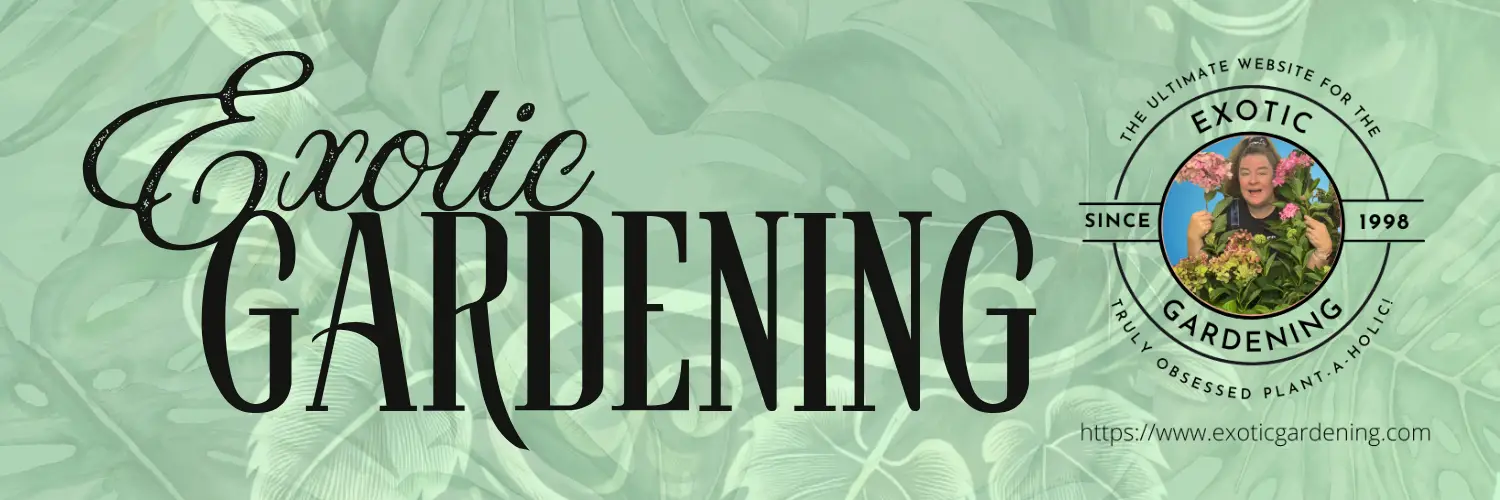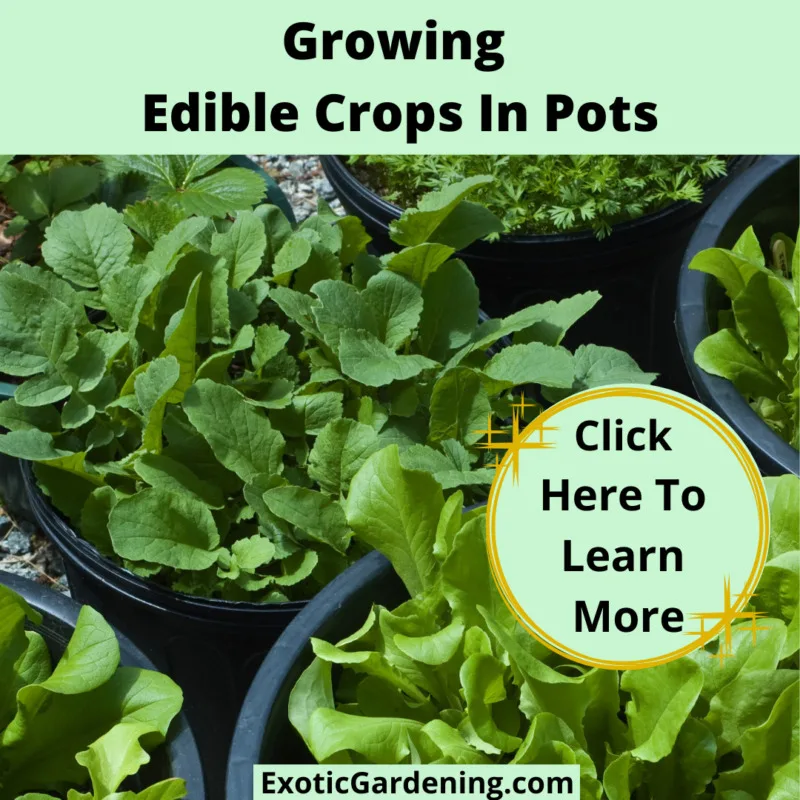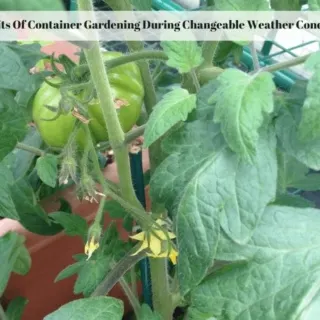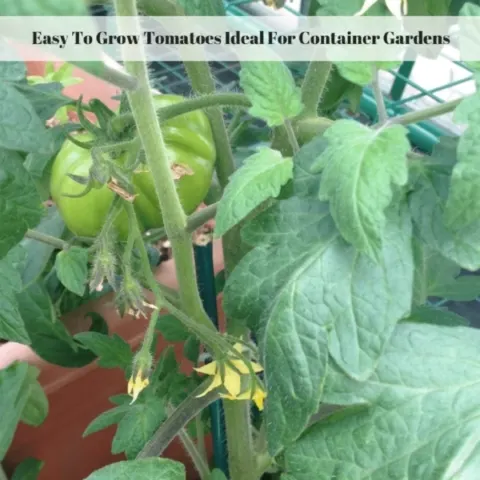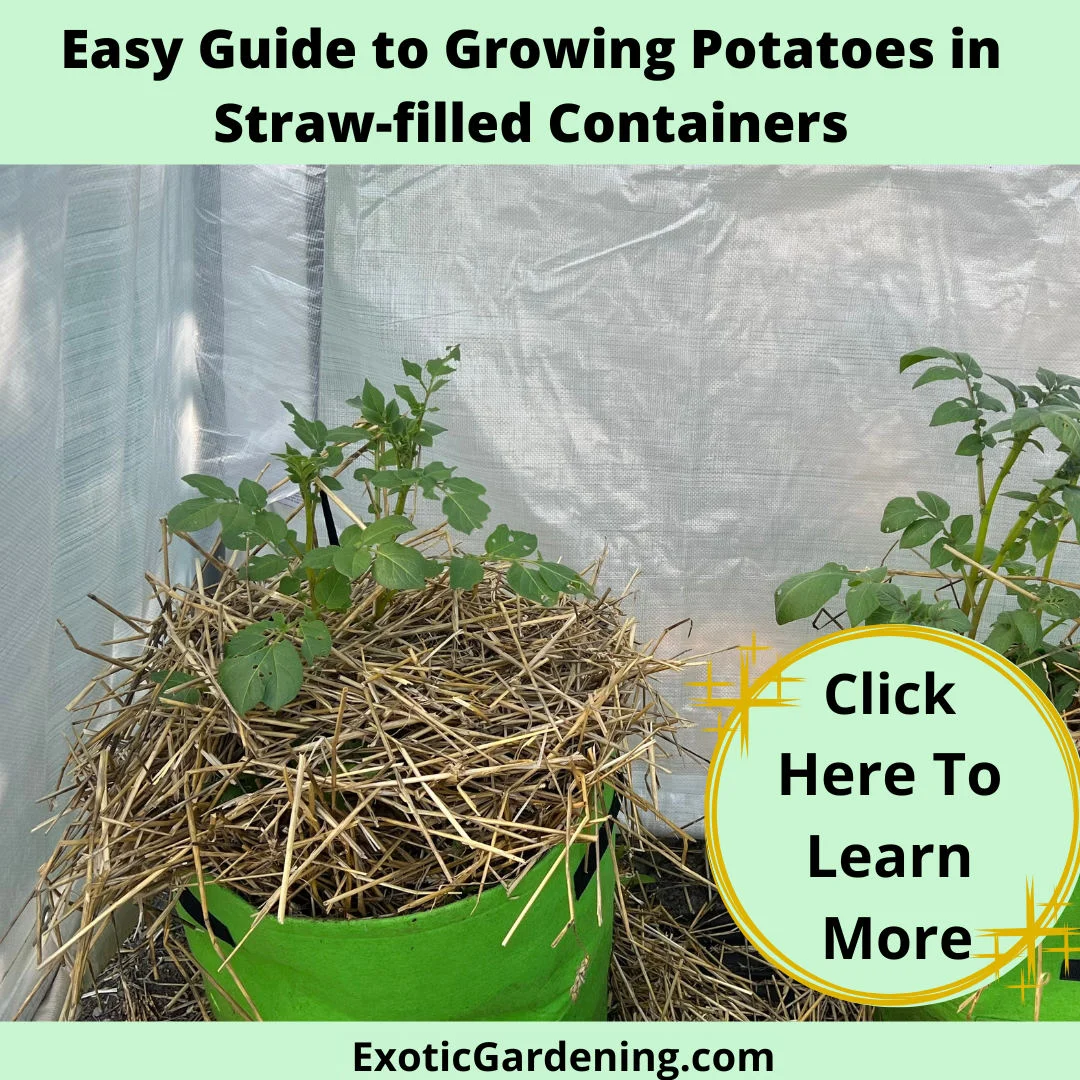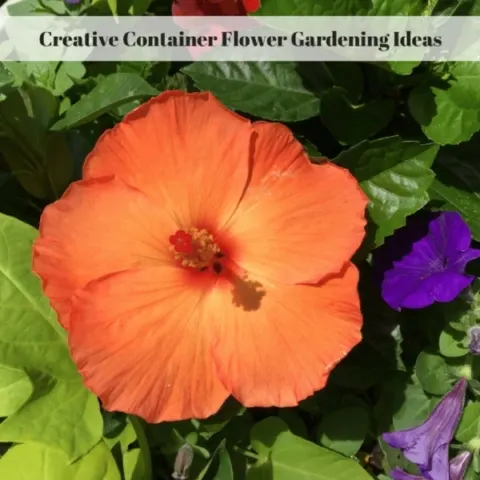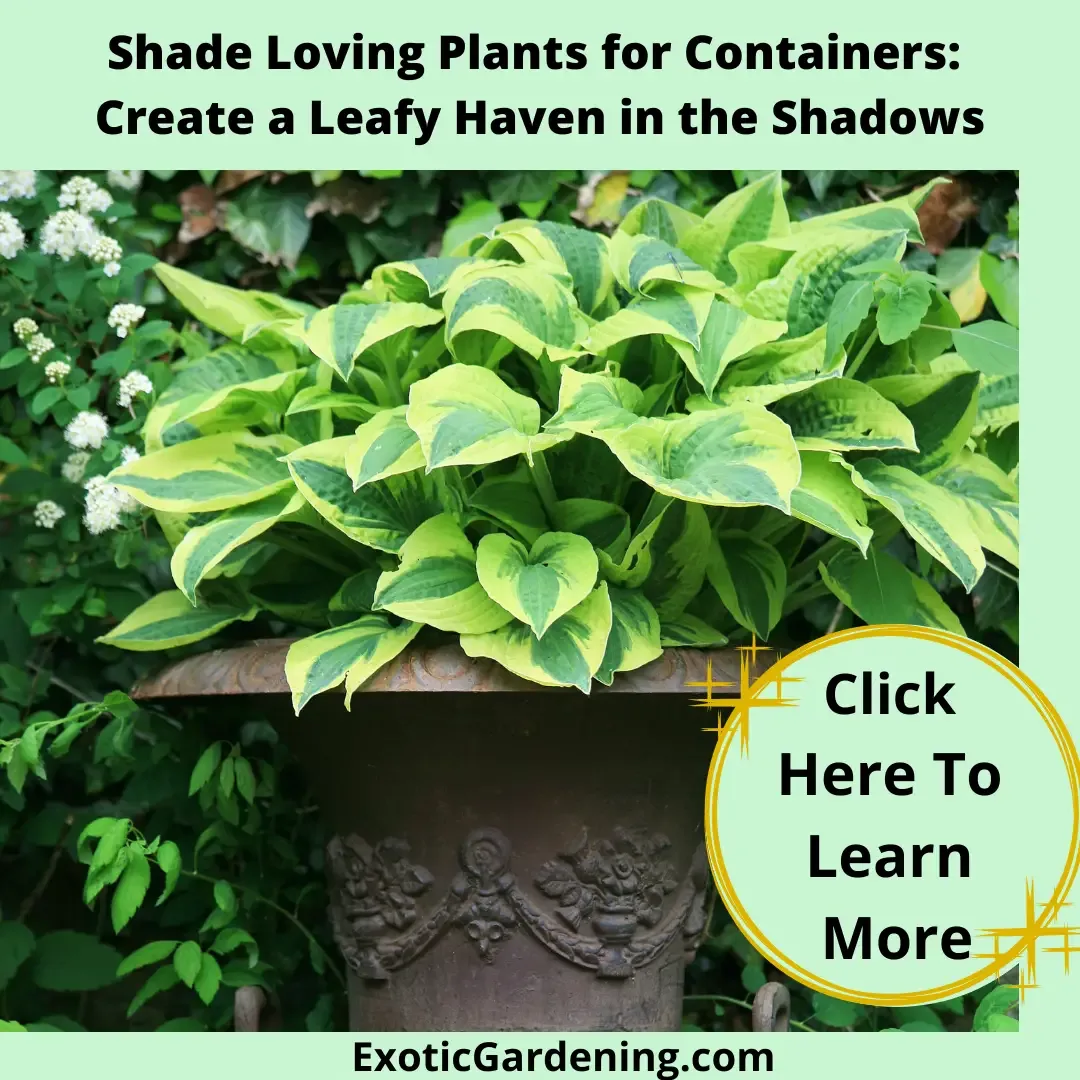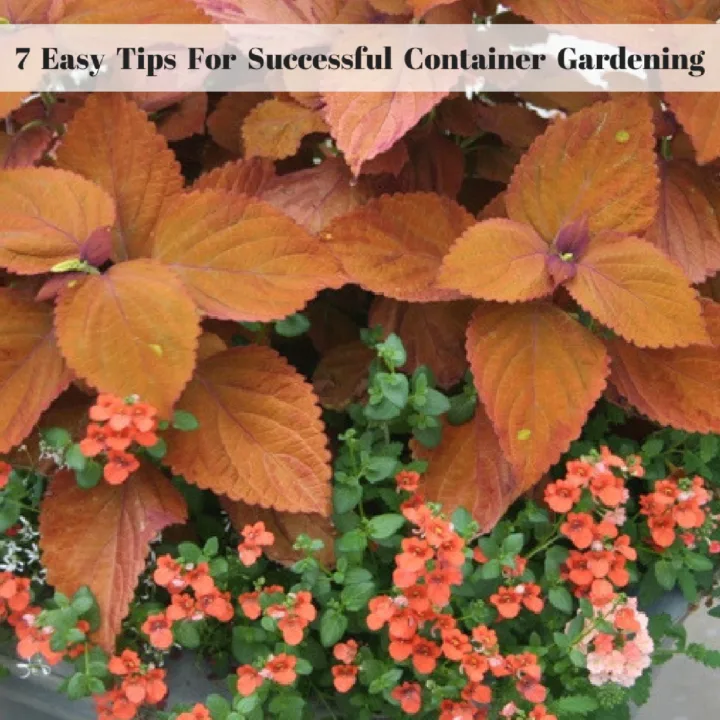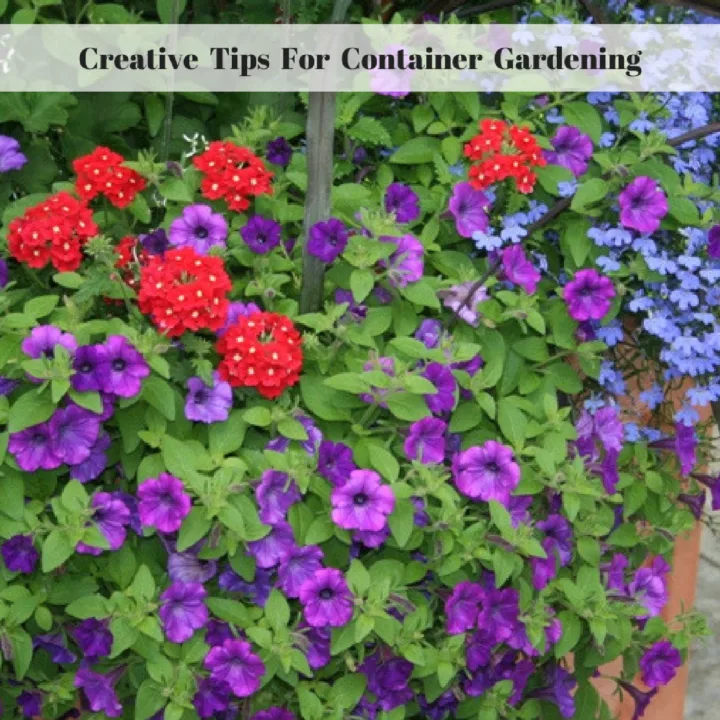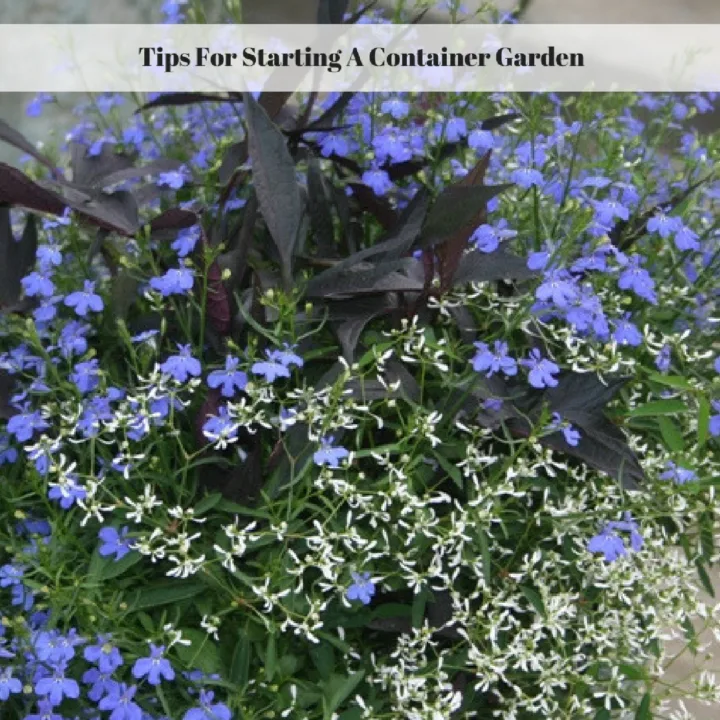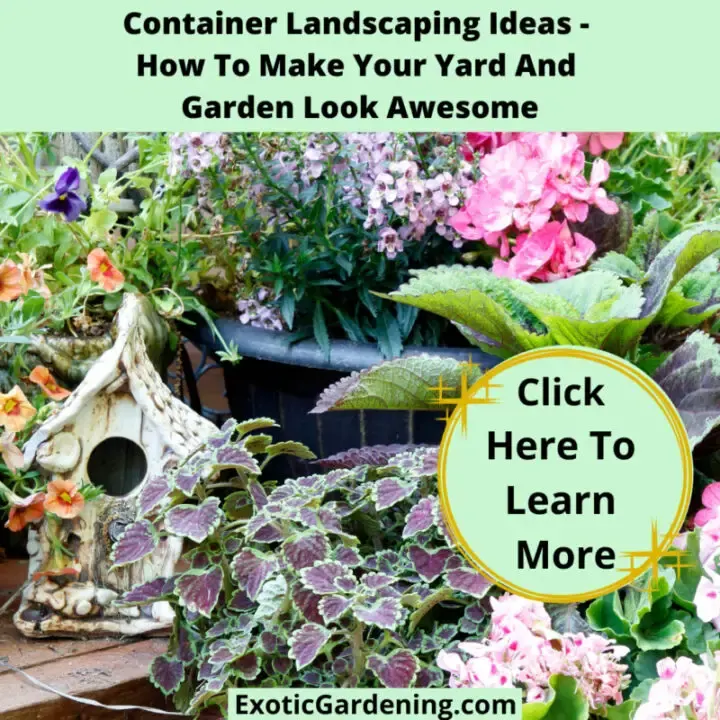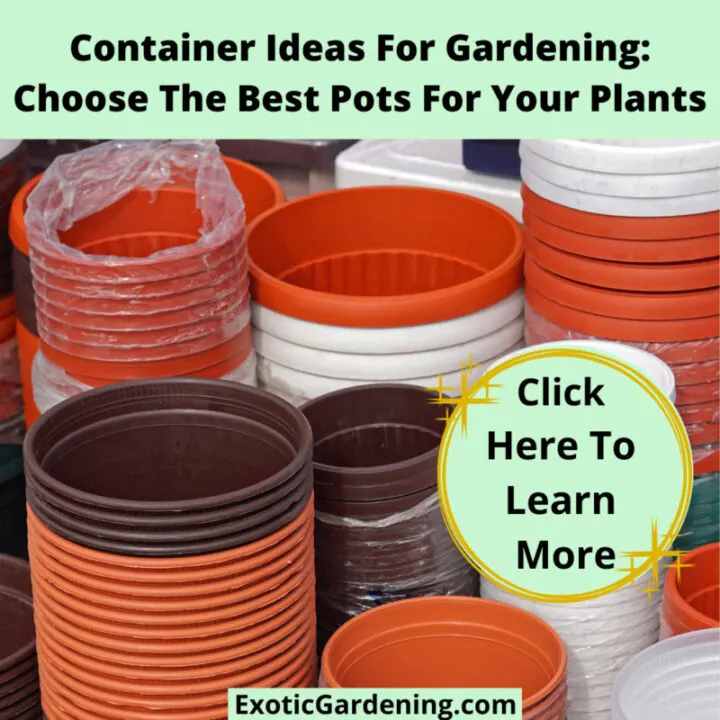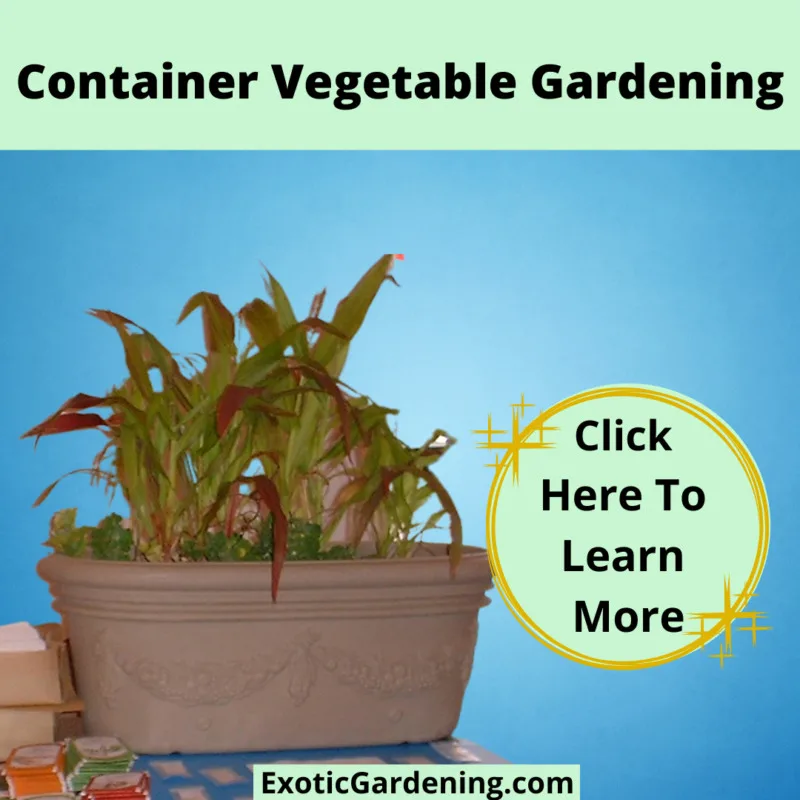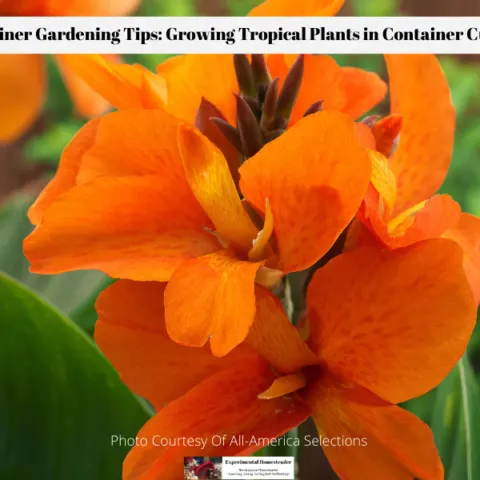Growing edible crops in pots is all the rage these days - and honestly, it’s one of my favorite ways to make gardening more accessible and creative.
Whether you live in an apartment with just a sunny balcony, or on a sprawling homestead where every inch is planted, container gardening gives you flexibility, control, and a way to grow food wherever you are.
What surprises many people is that container gardening isn’t just for flowers and houseplants.
The same basic principles apply when growing vegetables, herbs, and even fruit in containers - you just need to adjust your soil mix, watering habits, and container size.
In this post, we’ll explore what edible crops grow well in pots, how to set yourself up for success, and a few real-life tips from my own experience gardening in Indiana’s Zone ⅚.
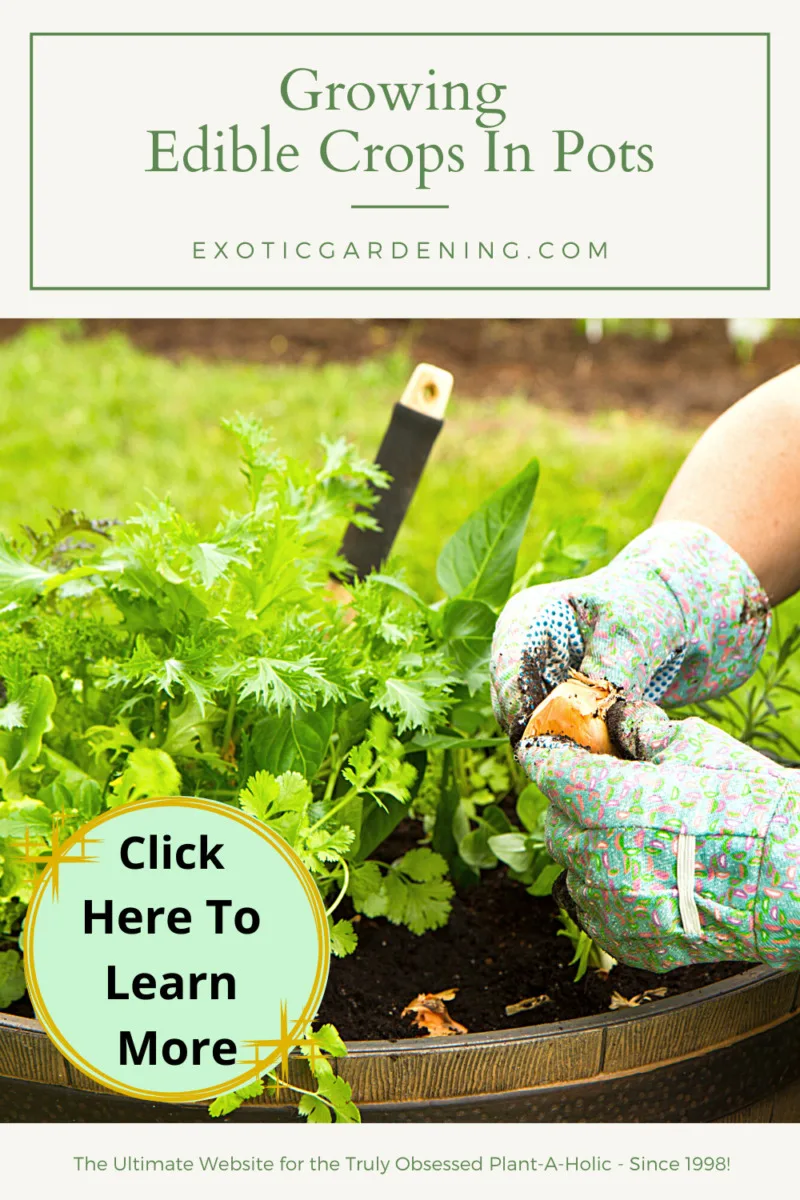
Why Grow Edible Crops in Pots?
Container gardening makes it easy to start small - or add variety without needing to till more soil.
It’s perfect for renters, small-space gardeners, and anyone who wants to bring fresh food closer to the kitchen door (literally!).
Here are a few reasons I love growing edible crops in pots:
-
Mobility: You can move plants to chase sunlight or shelter them from frost or storms.
-
Pest Control: Containers keep certain pests, like ground-dwelling insects, at bay.
-
Soil Health: You control the soil composition - no weeds, no clay, no compacted earth.
-
Accessibility: Perfect for raised decks, patios, and people with limited mobility.
Even better, potted edibles can double as décor.
A bright red cherry tomato plant in a rustic terracotta pot or a trailing strawberry basket looks as lovely as it tastes.
Choosing the Right Containers
Before diving into what to grow, let’s talk pots.
The size, material, and drainage matter more than many gardeners realize.
-
Material: Clay and ceramic look beautiful but can dry out quickly. Plastic or resin pots retain moisture better and are lightweight for moving around.
-
Size: Bigger is usually better. Small pots dry out fast, while large ones allow roots to breathe and grow.
-
Drainage: Always make sure your pots have drainage holes. Without them, your plants’ roots can rot in soggy soil.
When growing large plants like tomatoes or dwarf fruit trees, five-gallon buckets work wonders.
For smaller herbs, use one-gallon containers or decorative herb planters.
The Best Edibles to Grow in Pots
You can grow almost anything in a container with the right care.
Some crops naturally adapt better than others - let’s look at the most successful options.
Herbs
Herbs are the superstars of potted gardening.
They thrive in containers, often love slightly drier soil, and bring instant flavor to your meals.
Great herbs for container growing include:
-
Parsley: Reliable and easy to grow year-round.
-
Basil: Loves heat and sunshine - perfect for summer decks.
-
Chives: Hardy and perennial; mine come back every spring in gallon pots.
-
Cilantro: Quick-growing and great for cool seasons.
-
Sage, thyme, and rosemary: Need larger pots and good drainage, but make beautiful, aromatic patio accents.
Vegetables
Tomatoes take the crown when it comes to growing edible crops in pots - and for good reason.
Fresh, homegrown tomatoes taste worlds better than the supermarket kind, which are often picked green and artificially ripened.
You can grow almost any type of tomato in containers, but cherry, grape, and Roma tomatoes perform especially well.
Just remember: one plant per five-gallon bucket, planted deep, with plenty of drainage.
Other easy vegetables for container gardening include:
-
Leafy greens: Lettuce, spinach, and arugula love shallow containers.
-
Peppers: From sweet bells to hot chilies — compact and colorful.
-
Cucumbers: Choose bush varieties and give them a small trellis or stake.
-
Radishes & carrots: Ideal for deep containers with loose soil.
-
Beans & peas: Train them up supports for vertical interest.
-
Potatoes & corn: Yes, you can grow both in large tubs or grow bags! There are special grow bags made for growing potatoes.
The key to success is matching the container size to the plant’s needs.
A lettuce mix can thrive in a window box, but a pepper plant needs a larger pot to produce well.
Fruit in Containers
Fruit might not be the first thing you think of for containers, but it’s absolutely doable.
Here are a few of my favorites:
-
Strawberries: Perfect for hanging baskets or vertical grow bags.
-
Dwarf citrus trees: Lemons, limes, and oranges can be grown in pots indoors or outdoors (just bring them inside for winter).
-
Blueberries & raspberries: Look for dwarf or patio varieties - just remember they can get heavy!
-
Dwarf apples or figs: Grown in large tubs, they add charm and produce surprising harvests.
Light, Water, and Soil - The Trio of Success
Container-grown edibles rely on you for everything - nutrients, water, and stability.
Here’s how to give them what they need:
-
Light: Most edibles need at least 6 to 8 hours of sunlight. Move pots as needed through the season.
-
Water: Containers dry out fast. Check soil daily in summer. Water deeply until it drains out the bottom.
-
Soil: Use a high-quality potting mix, not garden soil. Add compost or organic fertilizer every few weeks.
-
Mulch: A thin layer of straw, shredded leaves, or coco coir helps retain moisture and keep soil cool.
Year-Round Container Gardening
Container gardening doesn’t stop when summer ends!
Move herbs indoors near sunny windows, or use grow lights for winter greens.
Dwarf citrus trees and peppers can also overwinter inside.
For outdoor perennials, group containers close together and protect them from harsh wind.
Many hardy herbs and even some berries will survive cold winters if given a sheltered spot.
One Pot, One Step Closer to Homegrown Goodness
Growing edible crops in pots isn’t just about convenience - it’s about creativity, sustainability, and joy.
You can turn a small patio, balcony, or even a sunny kitchen window into a mini food-producing oasis.
Start with a few pots of herbs, add a tomato or two, and soon you’ll be experimenting with everything from strawberries to dwarf fruit trees.
Container gardening gives you the freedom to grow food on your own terms - one pot at a time.
So, what will you plant first?
Frequently Asked Questions About Growing Edible Crops in Pots
Q. What are the easiest edible crops to grow in pots?
A. Herbs like basil, parsley, and chives are hands-down the easiest. They don’t need a ton of space, they grow quickly, and they’re perfect for beginners. Leafy greens such as lettuce, spinach, and arugula also do beautifully in containers. If you want to try something a bit more ambitious, go for cherry tomatoes or strawberries - both thrive in pots with plenty of sun.
Q. Can you grow fruit in containers?
A. You sure can! Strawberries are one of the easiest fruits to grow in pots - they even do well in hanging baskets. Dwarf fruit trees like citrus, figs, or even small apple varieties grow happily in larger containers as long as they get full sun and regular feeding. Blueberries and raspberries also do well if you pick dwarf or patio-sized varieties.
Q. How big should my containers be for vegetables and herbs?
A. Size really depends on what you’re growing. Herbs like chives, basil, and parsley are happy in one-gallon pots, while larger herbs like sage or rosemary need something closer to three gallons. For vegetables, plan on at least five gallons for tomatoes, peppers, and cucumbers. The bigger the root system, the larger the pot should be - and don’t forget good drainage!
Q. What kind of soil is best for growing edible crops in pots?
A. Use a high-quality potting mix - not garden soil. Potting mix is lighter, drains better, and won’t compact over time. I like to mix in a little compost or worm castings to keep nutrients flowing. Just remember to fertilize every few weeks since container plants rely entirely on you for their nutrition.
Q. How often should I water my potted edibles?
A. In warm weather, check your pots daily. Container soil dries out faster than ground soil, especially on windy or sunny days. Water thoroughly until it drains from the bottom - that’s how you know the roots are getting a good drink. In cooler months, you can scale back as needed.
Q. Can I grow edible crops indoors all year long?
A. Absolutely! Many herbs, greens, and even small pepper plants grow beautifully indoors with enough light. Place them near a sunny window or use a grow light to supplement. Dwarf citrus trees and microgreens are also great indoor options if you’re craving fresh food year-round.
Q. Do I need to repot my plants every year?
A. Not always, but it helps. Annuals like basil or lettuce can be replanted each season. Perennials such as rosemary or sage may outgrow their pots over time - if you see roots circling the bottom or water running off too quickly, it’s time for a bigger home. Repotting also keeps the soil fresh and nutrient-rich.
Q. How do I keep my container garden healthy during winter?
A. If you’re in a cold climate like my Zone ⅚ garden, move pots close to your home or into a protected area. Herbs like chives, thyme, and oregano often overwinter beautifully with a little shelter. For tender plants, bring them indoors before the first frost. Grouping pots together and mulching the tops also helps protect roots from freezing.
Q. What are some common mistakes people make when growing edible crops in pots?
A. The most common mistakes are using pots that are too small, forgetting drainage holes, or letting the soil dry out completely. Overcrowding is another one - give each plant enough space to grow. And remember, feeding is key - container soil loses nutrients faster than garden beds, so regular fertilizing makes a big difference.
Q. Can container gardening really produce enough food to make a difference?
A. Yes! You’d be surprised how productive a few well-tended containers can be. A single tomato plant can yield pounds of fruit, and a couple of herb pots can supply your kitchen all season. Container gardening is all about using space wisely - and enjoying the satisfaction of harvesting your own food, no matter where you live.
Container Gardening
Benefits Of Container Gardening During Changeable Weather Conditions
Changeable weather conditions certainly impacts gardeners who wish to grow their plants in the ground, but there is a solution. Learn about the benefits of container gardening and how it can help gardeners deal with climate change!
Easy To Grow Tomatoes Ideal For Container Gardens
Ever wonder how to grow tomatoes in pots outside? Start with these easy to grow tomatoes that perform well when grown in containers indoors or out!
Easy Guide to Growing Potatoes in Straw-filled Containers
Unearth the secrets of successful container gardening with our in-depth guide to growing potatoes in straw for a bountiful harvest.
Creative Container Flower Gardening Ideas
Learn what is necessary to take your creative container flower gardening visions from an idea to an actual container garden with that wow factor!
Shade Loving Plants for Containers: Create a Leafy Haven in the Shadows
Explore the allure of shade-loving plants like hosta, bleeding hearts, and hellebores in containers under a serene shade tree canopy.
7 Easy Tips for Successful Container Gardening
Show your passion for successful container gardening by excelling at it. These 7 container gardening tips are sure to increase your success.
Creative Tips for Container Gardening
Think outside the box with these container design ideas. Create creative containers filled with flowers, herbs or vegetables.
Tips For Starting A Container Garden
Growing plants in containers is an ideal alternative to growing plants in the ground. Check out these tips for starting a container garden.
Container Landscaping Ideas
Even if you can't plant in the ground, learn how to make your yard or garden look awesome with these container landscaping ideas.
Container Ideas For Gardening: Choose The Best Pots For Your Plants
When it comes to container ideas for gardening there are many choices from wooden pots to things you have laying around your house.
Container Vegetable Gardening
Container vegetable gardening is ideal for people who rent or for people who have limited mobility but want to grow their own vegetables.
Container Gardening Tips: Growing Bulbs and Tropical Plants in Container Culture
Growing tropical plants in container culture can be challenging but once you figure out how to get them to thrive, it is very rewarding.
